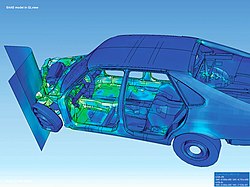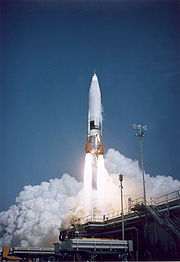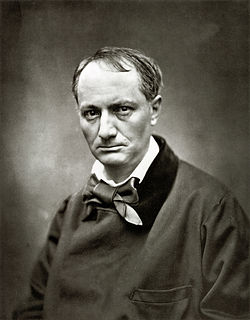 |
Dark Lyrics is one of the largest metal lyrics archive on the Web.
...
Scan my horizon as blue turns to black
The sky is gone again
And all beneath are born to die
Insignificant, am I?
...
Insignificant;
Nevermore
 |
...
Scan my horizon as blue turns to black
The sky is gone again
And all beneath are born to die
Insignificant, am I?
...
Insignificant;
Nevermore









| 2003 - Cannes Film Festival · Grand Prix du Jury · Best Actor (Muzaffer Özdemir and Mehmet Emin Toprak) 2003 - Cinemaya Film Festival, India · Best Film 2003 - FIPRESCI Grand Prix for Best Film of the year 2003 - Cinemanila Film Festival, Philippines · Grand Prize for Best Film (Lino Brocka Award) 2003 - Film Camera Festival “MANAKI BROTHERS”, Macedonia · Special Jury Prize (as DoP) 2003 - Mid East Film Festival, Beirut · Best Film · Best Screenplay 2003 - Chicago Film Festival, USA · Silver Hugo | 2003 - Montpellier Film Festival, France |













The running I can do, even if I have to crawl every last mile.
We need your help. The people in cancer clinics all over the world need people who believe in miracles.
I am not a dreamer, and I am not saying that this will initiate any kind of definitive answer or cure to cancer. But I believe in miracles. I have to.
Terry Fox, October 1979













'Never for me the lowered banner, never the last endeavour!'
Damon Hill (from his Retirement Announcement)





A prince is infected with an incurable disease by a possessed boar/god. He is to die unless he can find a cure to rid the curse from his body. It seems that his only hope is to travel to the far east. When he arrives to get help from the deer god, he finds himself in the middle of a battle between the animal inhabitants of the forest and an iron mining town that is exploiting and killing the forest. Leading the forest animals in the battle is a human raised by wolves, Princess Mononoke.









